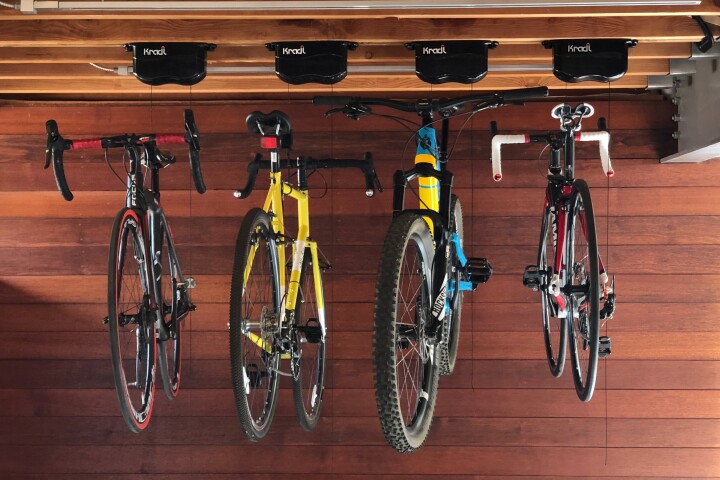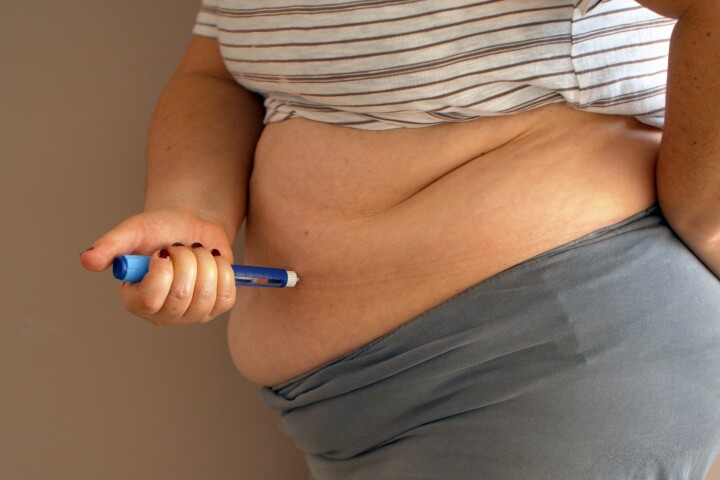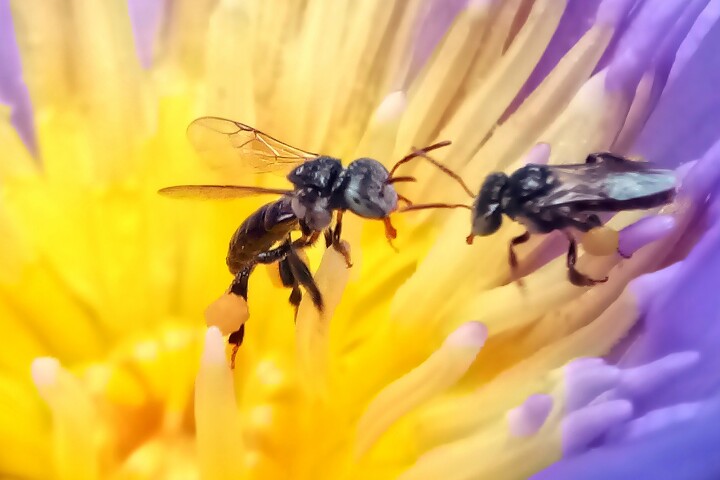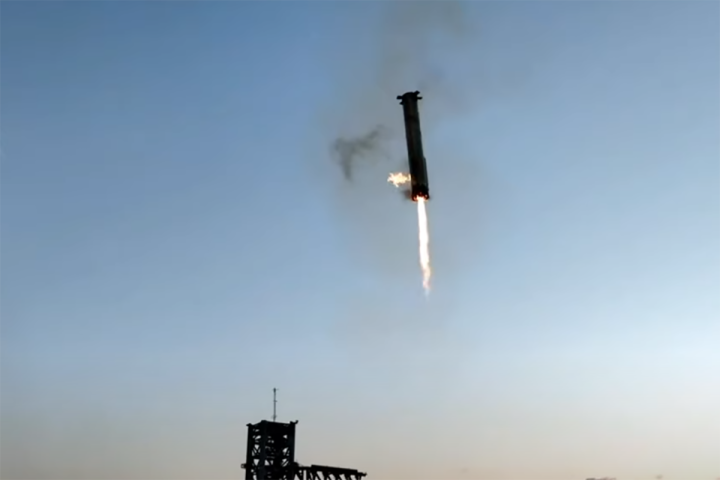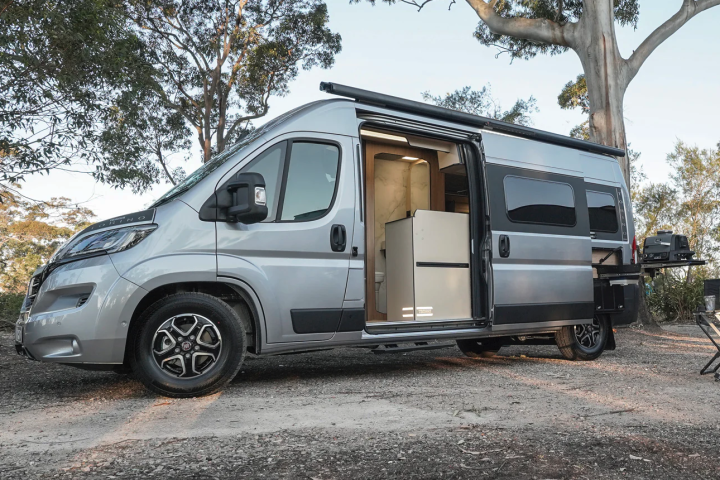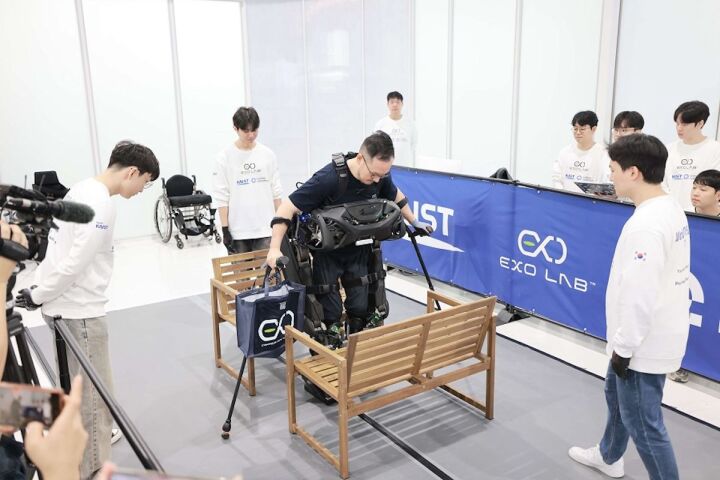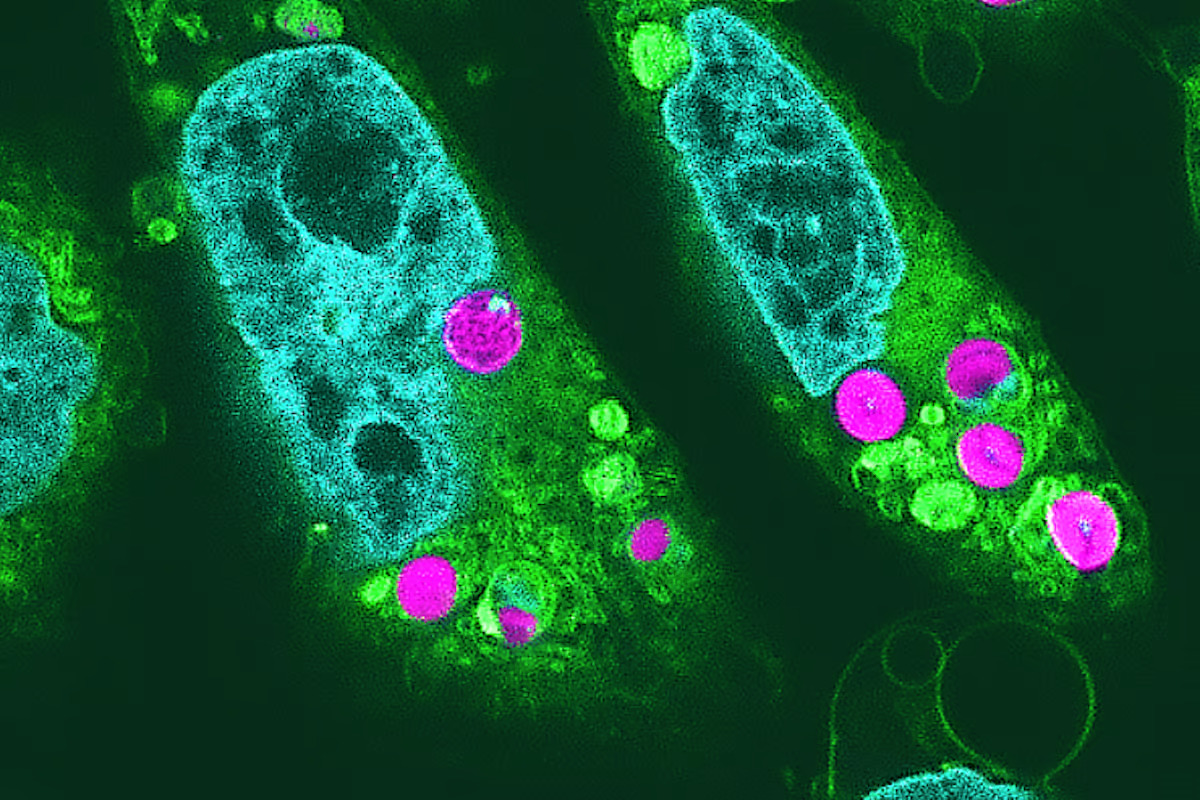 Fluorescent microscope image of the animal cells with embedded chloroplasts (magenta) R. Aoki, Y. Inui, Y. Okabe et al. 2024 / Proceedings of the Japan Academy, Series B –
Fluorescent microscope image of the animal cells with embedded chloroplasts (magenta) R. Aoki, Y. Inui, Y. Okabe et al. 2024 / Proceedings of the Japan Academy, Series B –
Animal and plant cells have different energy-producing structures inside them. For animals, that’s mitochondria, which convert chemical energy from food into a form that our cells can use. Plants and algae, meanwhile, use chloroplasts, which perform photosynthesis to generate energy from sunlight to power their cells.
In a new study led by the University of Tokyo, the team inserted chloroplasts into animal cells, and found that they continued to perform photosynthetic functions for at least two days. The chloroplasts were sourced from red algae, while the animal cells were cultured from hamsters.
Previous studies had found success in transplanting chloroplasts into yeast, granting them the new ability of photosynthesis. But that’s a fungus – doing so in animals is next-level.
The team essentially cultivated hamster cells and isolated chloroplasts together for two days, then checked that the animal cells had taken them up by looking for signs of chlorophyll. This compound performs a key role in chloroplasts but shouldn’t normally be present in animal cells, so its presence is a good indicator that the method worked. Conveniently, it naturally fluoresces under certain wavelengths of light.
When the team shone a specific type of laser light on the cells, they quickly saw chlorophyll – and by extension, chloroplasts – inside the hamster cells. Using another technique called pulse amplitude modulation fluorometry, they confirmed that the chloroplasts were still performing photosynthesis.
“As far as we know, this is the first reported detection of photosynthetic electron transport in chloroplasts implanted in animal cells,” said Professor Sachihiro Matsunaga, corresponding author of the study. “We thought that the chloroplasts would be digested by the animal cells within hours after being introduced. However, what we found was that they continued to function for up to two days, and that the electron transport of photosynthetic activity occurred.”
Intriguingly, the team also noticed that the hamster cells grew faster than usual while they were cultured alongside chloroplasts. This suggests that they’re providing a new carbon source, and could hint at a new potential use for these hybrid cells.
“We believe this work will be useful for cellular-tissue engineering,” said Matsunaga. “Lab-grown tissues, such as artificial organs, artificial meat and skin sheets, are made of multiple layers of cells. However, there is a problem that they cannot increase in size due to hypoxia (low oxygen levels) inside the tissue, which prevents cell division. By mixing in chloroplast-implanted cells, oxygen could be supplied to the cells through photosynthesis, by light irradiation, thereby improving the conditions inside the tissue to enable growth.”
The research was published in the journal Proceedings of the Japan Academy, Series B.
Source: University of Tokyo
–









